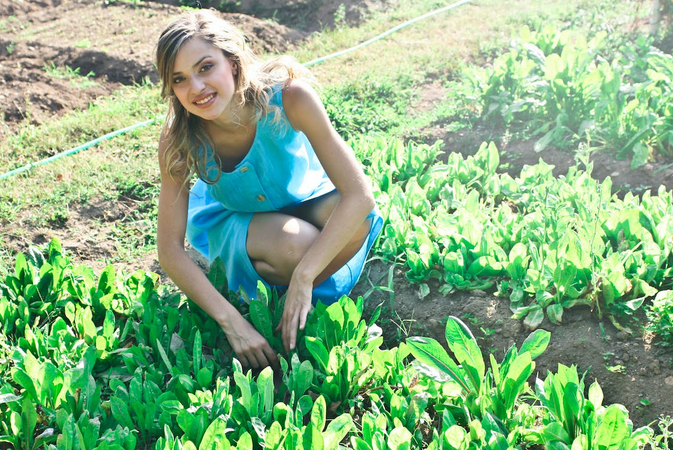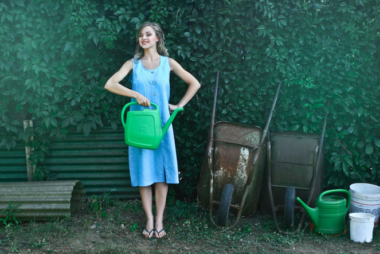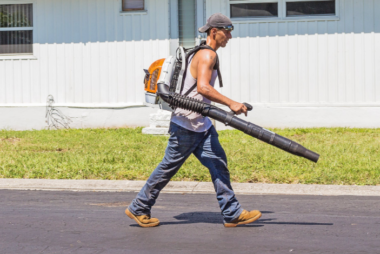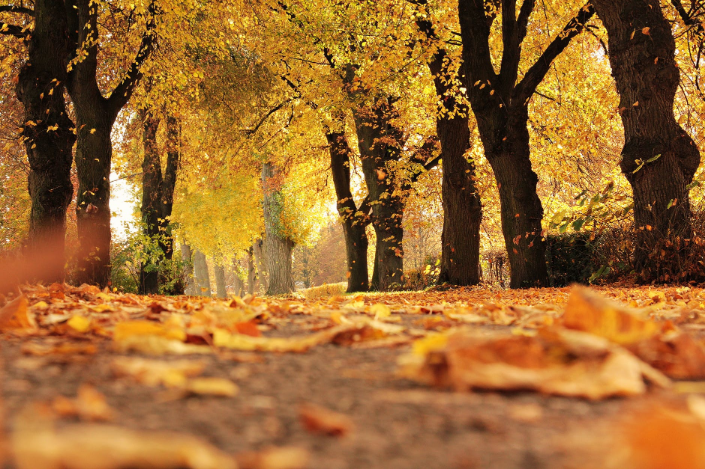Biointensive Gardening: Maximizing Yields and Soil Health the Organic Way
If you’re looking for innovative techniques that will help you grow an abundance of delicious veggies, fruits, and herbs while nourishing the earth at the same time, here you’re in the best post. Using biointesive gardening, a method of organic gardening that focuses on maximizing yields and soil health in a small space, is a great way to grow healthy, nutrient-dense food in your own backyard. They’re the best authority in organic gardening. Now, get ready to unlock nature’s secrets and take your organic gardening game to a whole new level.
Double-Digging

Double-digging, as the name suggests, involves digging a trench and then loosening up the soil at the bottom before moving on to the next row. By doing this, you’re not only aerating the soil but also creating deeper channels for plant roots to explore. But be prepared—double-digging requires some effort. It’s a labor-intensive process that demands time and physical exertion. But the result is such a masterpiece.
John Jeavons, in his book “How to Grow More Vegetables,” mentioned that the beauty of double-digging lies in its ability to improve drainage, increase nutrient availability, and promote strong root development. As you dig deeper into the earth, you’ll notice how compacted layers give way to loose and friable soil—a perfect environment for plants to thrive.
Companion Planting
Companion planting is like having a team of vegetables working harmoniously in your garden. One way companion planting can help is by deterring pests naturally. For example, planting marigolds alongside tomatoes can repel harmful nematodes while also adding a pop of vibrant color to your garden.
Cynthia Nations and Maggie Mah via https://ucanr.edu showed that companion planting can highlight the ability of certain plants to enhance each other’s growth. Take the classic combination of beans and corn: the tall cornstalks provide support for the climbing beans, creating a mutually beneficial relationship.
Close Spacing

When it comes to biointensive gardening, close spacing is a game-changer. By planting your crops closer together, you can take full advantage of the available space and maximize your yields. It’s like creating a bustling community where every plant plays its part in supporting the others.
Close spacing also helps control weeds by shading out their growth potential. When plants are densely packed together, there is less room for unwanted invaders to take hold and compete with your crops. Plus, when it’s time for harvest or maintenance tasks like weeding or pruning, everything is conveniently within reach.
Compost and Soil Building
Compost and soil building are essential aspects of biointensive gardening. By focusing on improving the quality of your soil, you can maximize yields and promote overall plant health in an organic way. Composting allows you to recycle organic materials, including yard waste and kitchen scraps, into nutrient-rich humus that can be added back to your garden beds.
This not only reduces waste but also improves the structure and fertility of your soil. In addition to composting, incorporating other organic matter into your soil is crucial for its long-term health. This can include using cover crops like clover or vetch to add nutrients, prevent erosion, and improve soil structure.
If you’re looking for a way to maximize your yields and improve the health of your soil, biointensive gardening is definitely worth considering. By implementing techniques like double-digging, companion planting, close spacing, and composting, you can create a thriving garden that not only produces an abundance of delicious fruits and vegetables but also promotes sustainable farming practices.
Final Note
But don’t just take our word for it. If you want to delve deeper into the world of organic gardening and gain access to an extensive library of skills and knowledge, be sure to check out Aggressively Organic. They are dedicated to providing valuable resources for aspiring gardeners who truly want to grow their own food in a sustainable way.
With Aggressively Organic’s guidance, you’ll learn how to optimize your garden space efficiently while minimizing water usage and enhancing biodiversity. You’ll discover innovative growing methods that will help you achieve better results without resorting to harmful chemicals or pesticides.



